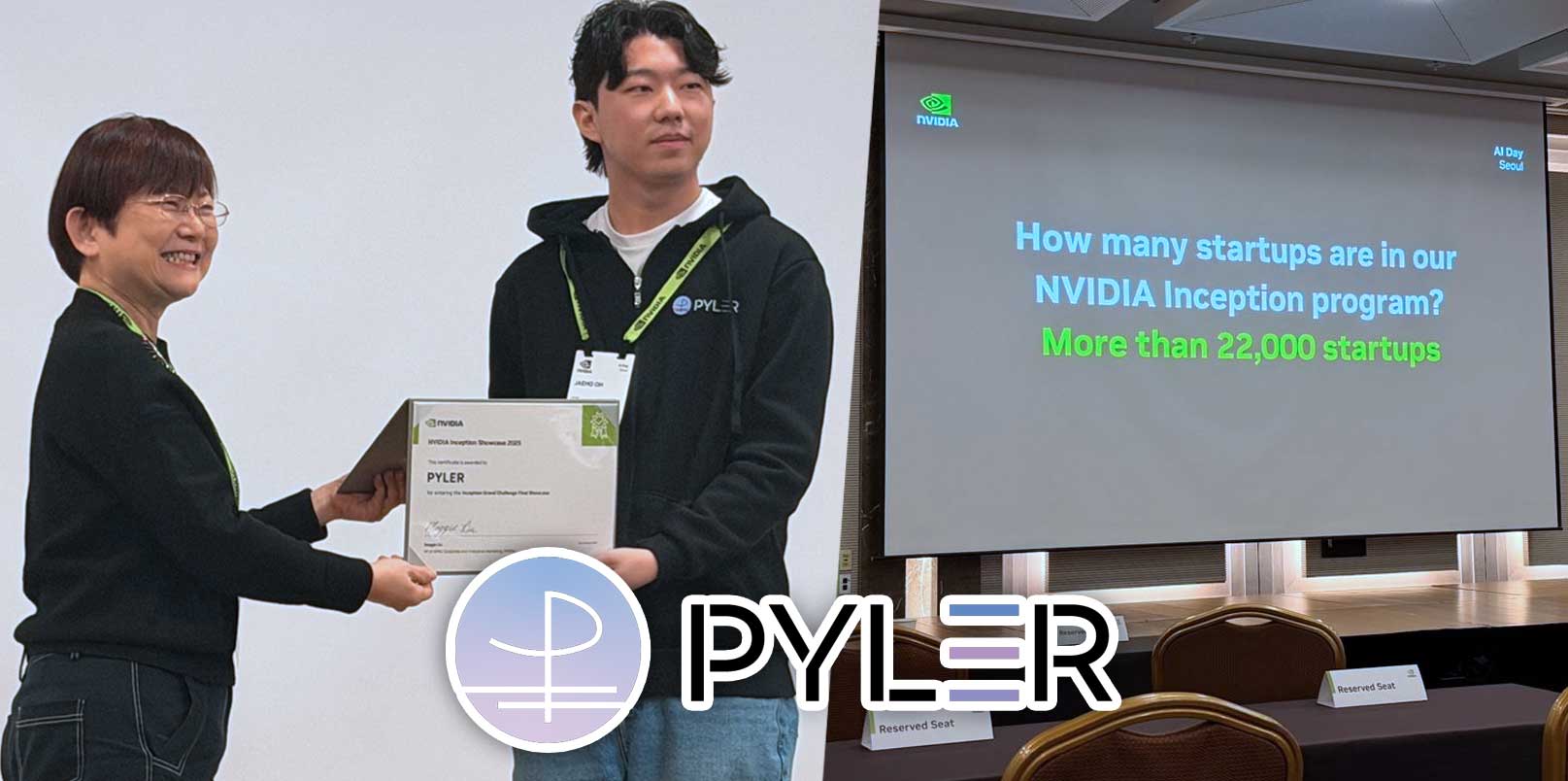This article was first published on our media partner site aiTechPark.
Conversational AI is a voice assistant – that engages human like dialogues, captures context and provides smart responses.
A CHABOT IS A COMPUTER SOFTWARE
PROGRAM DESIGNED TO SIMULATE HUMAN
CONVERSATION VIA TEXT OR AUDIO MESSAGES
AI no longer exists just in Hollywood Sci-Fi movies. It’s hard to believe now that a decade ago there was no Siri, no Cortana, and no Alexa. Side by side smart chatbots have become part of our everyday life.
Conversational AI is a voice assistant that engages humans like dialogue, captures context and provides smart responses. Developments in AI in the past few years, including ML, NLP and image and speech recognition have promoted its use. Conversational AI uses the messaging apps, speech-based assistants and chatbots to automate communication and build customized customer experience of a level. A chatbot is a computer software program designed to simulate human conversation via text or audio messages.
Millions of people use multiple messaging platforms every day to communicate with their friends or family. They keep exploring with speech-based assistants like Amazon Alexa, Google Home, Apple Siri, and Windows Cortana. As an outcome, messaging and speech-based platforms are swiftly displacing traditional web and mobile apps to become the new medium for interactive conversations.
A recent Gartner report says by 2022, 70% of white-collar workers will interact with conversational platforms on a daily basis.
Historical Outline
In the early stages of chatbot development, the core NLP method was used to design the chatbots as ML was not exactly feasible. Slowly and gradually ML methods came into effect and use which channels more data and code. Below is a historical outline of Conversational AI aka chatbots arranged in the order of progression.
- 1950: The Turing test was developed by Alan Turing for determining the intelligence of computer programs.
- 1966: Eliza, a bot that could stimulate a psychotherapist’s conversation by using a script which was published by MIT computer scientist Joseph Weizenbaum.
- 1988: Rollo Carpenter creates Jabberwacky chatbot – one of the earliest attempts to create an AI via human-computer interaction.
- 1992: Creative Labs develops an artificial intelligence speech synthesis program named Dr. Sbaitso for MS-DOS-based personal computers.
- 1995: An NLP bot that applied heuristic pattern matching rules to human input called ALICE (Artificial Linguistic Internet Computer Entity) was created.
- 2000: Smarterchild, a chatbot that was available on AOL Instant Messenger and Windows Live Messenger networks was developed by ActiveBuddy. This bot is a precursor to Apple’s Siri and Samsung’s S Voice in many ways.
- 2011: Siri, a voice-activated intelligent assistant was launched by Apple as part of its iOS and macOS platforms.
- 2012: Google develops chatbot for Google searches mobile app named as Google Now.
- 2014: Amazon launched Alexa, an intelligent personal assistant via the Amazon Echo. And Microsoft launches Cortana, a virtual assistant named after the fictional character from “Halo”.
- 2015: Facebook launched a hybrid bot-and-human virtual assistant called M which is accessible through Messenger.
- 2016: Google unveiled its answer to Amazon Echo called Google Home. Apple introduced Sirikit.
- 2017: Google Assistant expands beyond Android to iOS and is available now for download on the iTunes stores for iPhones and Google Home apart from scheduling appointments it can make hands-free calls as well.
Source: Visual.ly
“IT’S NATURAL TO WONDER IF THERE WILL BE A JOBLESS FUTURE OR NOT. WHAT WE’VE CONCLUDED, BASED ON MUCH RESEARCH, IS THAT THERE WILL BE JOBS LOST, BUT ALSO GAINED, AND CHANGED. THE NUMBER OF JOBS GAINED AND CHANGED IS GOING TO BE A MUCH LARGER NUMBER, SO IF YOU ASK ME IF I WORRY ABOUT A JOBLESS FUTURE, I ACTUALLY DON’T. THAT’S THE LEAST OF MY WORRIES.”
JAMES MANYIKA, CHAIRMAN AND DIRECTOR, MCKINSEY GLOBAL INSTITUTE (MGI)
How businesses can use Conversational AI?
Conversation AI would change each and every aspect of how you engage and communicate with your customers with a location as well as time.
Pros of Using Conversational AI
1. Helps Manage Customer Requests
One of the biggest advantages of using bots is they can help you provide faster customer service. In your enterprise, they can provide customer service on your website round the clock, unlike humans. There is no ceiling to how many customers a chatbot can handle, which allows your services team to focus on the more complex requests that may come their way. With chatbots, there is no waiting time to get the answers as it’s just a few keystrokes away. Your customers would be more satisfied, especially when they get satisfactory answers and speedy service, they will be happier, shop more and return again.
2. Promotes Conversational Marketing
As most consumers prefer to receive an answer to their question immediately, rather than having to scroll through your website and find the answers themselves, a chatbot is a perfect thing to communicate with your customers. While nothing can beat human-to-human interaction, a conversational AI aka bot can at least be a substitute until a human support or salesperson steps in or a need arises to step in.
3. Increases ROI
Conversational AI can be utilized to provide instant support to the clients, it further increases the sales, if queries are solved instantly. It comes with an advance to keep the costs down.
Cons of Using Conversational AI
1. Lack of feeling and emotions
Chatbots have no feelings or emotions. They can manage several queries at the same time but they cannot manage conversations taking an unpredicted turn. Bots find it difficult to ascertain the emotions of the user, they may not be able to understand if the customer is happy, sad, frustrated or agitated. It might turn into harming the enterprise’s reputation.
2. Requires regular updates and maintenance
All Conversational AI requires frequent and continuous ongoing optimization, analysis and maintenance. Enterprises need to feed with upgraded insightful data that can be utilized to respond to customer’s queries. Chatbots are programmed to handle a specific amount of data, so as and when you update or modify the data, you need to upgrade the chatbot’s program.
3. Higher Capacity for Misunderstanding
It happens when the customer’s question is not clear or specific. A bot might have a hard time in responding. Chatbots are programmed to answer generic questions with the already created responses found in the database. So chatbot might find it hard to respond when the customer asks something outside of this narrow list. At times, a chatbot might simply be left without an answer.
4. Expensive to install complex chatbots
You might save on a payroll but complex chatbots will cost you a lot. Installation is different for each type of business, and low-cost options might seem appealing, but it often comes with limited features.
Conclusion
Humans can take benefits of conversational AI apps and programs by using them to answer generic queries or perform simple tasks such as scheduling meetings with colleagues or clients. But it comes to a challenge with complex queries or customized questions asked or requested. They might not be able to give you thoughtful answers as per asked or requested. It is still a long way from where AI becomes self-aware and can answer to emotional questions.





